What Affects the Price of Stainless Steel Plate?
In short, the price of stainless steel plate is complex and fluctuating as there are a number of factors to impact its price. They include stainless steel grades, order quantity, market conditions, material quality, dimensions, types of surface finish, using purpose, and so on. With this in mind, let’s move on to exploring these factors in detail.
1. Raw Material
The cost and availability of raw materials used to produce stainless steel can have a major influence on its price. The raw material prices rise, and the price of stainless steel will rise accordingly. The composition of stainless steel plate, that is stainless steel raw materials, are mainly iron, chromium (Cr), nickel (NI), manganese (Mn), etc. Throughout history, the price of stainless steel plate has followed the price of nickel and chromium to a large extent. So the price of nickel and chromium needs to be closely monitored.
What’s more, the availability of raw materials also impacts stainless steel production. If there is a shortage of raw materials used to make stainless steel, production will slow and supply will deplete, which could place upward pressure on stainless steel plate prices.
2. Market Supply and Demand
As with any commodity, supply, and demand are one of the most important factors in determining the price of stainless steel plate at any given moment in time, and inventories are a better reflection. Supply exceeds demand, stainless steel plate price falls, and inventory buildup is large; supply exceeds demand, the price rises, and the inventory becomes tight.
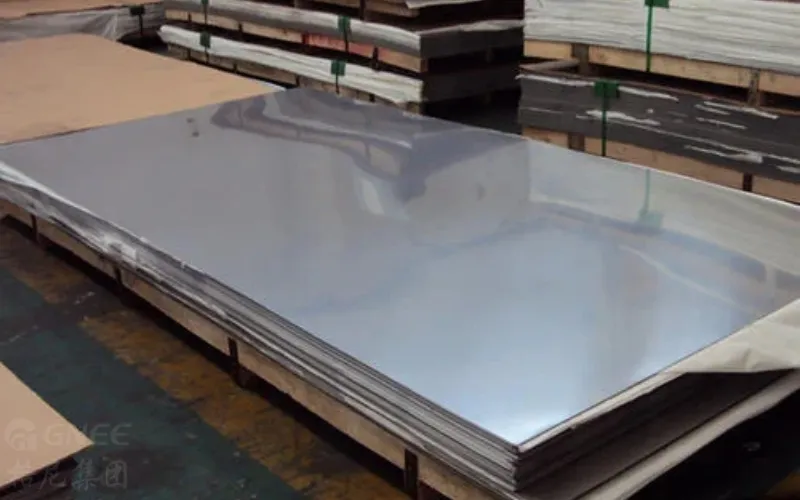
3. Grade
Someone buying a car can expect to pay more for a top-of-the-line SUV than they would a compact economy vehicle. The same is true with stainless steel plates. Certain grades are inherently more expensive than others. Therefore, the cost of stainless steel plate varies greatly depending on the grade you need — lower grades typically start around $800 per ton while higher grades can reach up to $2,500 per ton or more!
For example, being a better grade with enhanced properties, the price of 316 stainless steel plate is higher than the 304 stainless steel plate.
4. Order Quantity
As with anything, buying in bulk often lowers the final costs. The same is true with stainless steel plates. When buying in bulk (which is roughly 22 tons or greater), suppliers can build time savings (such as speed and human resources). Additionally, bulk orders can enable the supplier to buy in larger bulk from a mill manufacturer, which makes it easier to ensure smooth transactions between both parties.
5. Dimension
Because the stainless steel plate is typically priced by weight, understanding your order’s weight can be helpful in estimating the total costs. Factors such as thickness and size will impact the material’s weight and, therefore, its cost. In general, a thin stainless steel plate will carry a higher price since it takes longer to process to create a small size.
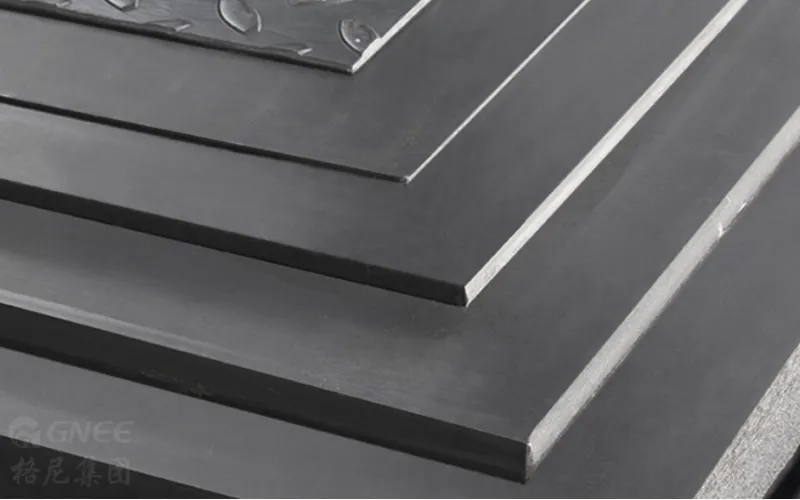
6. Processing
If your stainless steel plates request additional processing like cutting, drilling, or cleaning, it will likely add to the overall cost. But it can be saved if you handle these requests yourself after receiving the goods.
7. Supplier
When sourcing stainless steel plates, partnering with a niche supplier can save greatly. For example, Gnee Steel specializes exclusively in supplying stainless steel products. Because this is our focus, we can be much more competitive on stainless steel plate pricing than someone who supplies a more mixed variety of products.
8. Freight Cost
The high cost of shipping stainless steel plates directly contributes to the high price, including packing expenses and unloading discharge. If you are going to import the plates from a distant country, please pay attention to the relevant shipping costs.
9. Time
Holidays, weather, and season can affect the production of products, which can raise or lower demand. For example, when the end of the year comes, everyone will prepare for the New Year. At this time, the production of stainless steel plates will be stopped and the inventory will be cleared at a relatively favorable price. This may be a good chance.
10. Industry Trend
Price is also influenced by demand from the various industries in which stainless steel plate is used. For example, if the real estate industry is strong, demand for stainless steel plates may be higher; the same is true for construction, machinery, home appliances, energy, aerospace, and other industries that rely heavily on stainless steel plates.
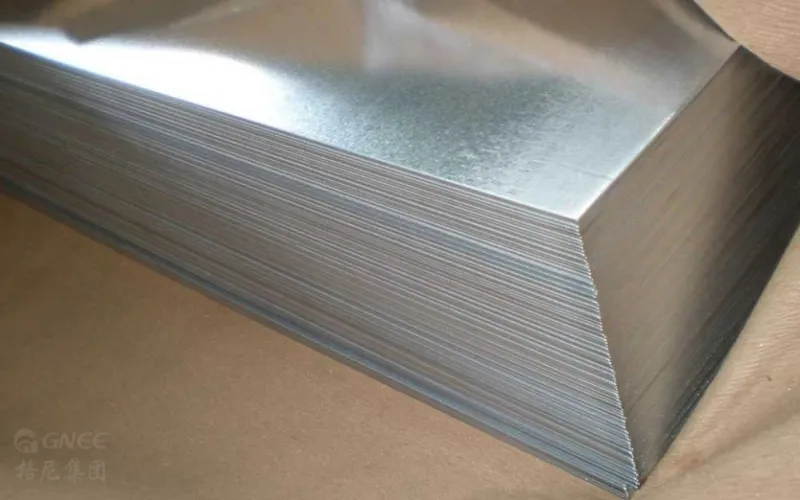
11. Tax Rate
If there is a possibility of increasing tariffs on stainless steel raw materials and products because of political factors in some countries, this will directly lead to higher stainless steel plate prices.
12. Production Dilemma
In terms of production cost factor, take stainless steel grade 430 as an example. This grade has been in short supply as of late, in large part because some steel mills have reduced their production levels. Part of that reasoning has to do with the extra time and cost required to produce this grade. For example:
The 400 series starts with more carbon steel scrap, which means it requires more argon gas to melt than stainless 304. Compared to 304, 400 series stainless steel plate spends more time in the furnace.
13. Substitute
If the price of a series of stainless steel plates is too high, or a certain element of making stainless steel is lacking, the stainless steel market will appear in this series of stainless steel substitutes. Alternatives generally have many advantages, such as cheap material, low price, good performance, and so on. So the emergence of substitutes can also cause stainless steel plate price fluctuations.
14. Natural Disaster & Conflict
Unpredictable and unstoppable, natural disasters can be damaging and devastating. Disaster area finds themselves needing to rebuild buildings, bridges, utilities, and more. In the wake of natural disasters, demand for stainless steel material needed for rebuilding can push prices temporarily higher across the market.
A recent example of a natural disaster that disrupted supply and demand is the COVID-19 pandemic. Demand for stainless steel plates recovered at a much faster pace than supply, as many steel mills slowed production during the pandemic. This caused the stainless steel plate price to rise quickly in late 2020 through 2021.
Also, wars and conflicts can disrupt the stainless steel market through economic sanctions, supply chains, and production constraints. A current example is the war between Ukraine and Russia. Ukraine and Russia are both major producers and exporters of raw materials used to make steel (including stainless steel), so the conflict between the two countries impacted the available steel supply in 2022 and 2023. Besides, many countries also enacted economic sanctions on Russia, which restrict steel imports of Russian material.
Thankfully, these instances are rare, but natural disasters and conflicts still remain significant factor in determining stainless steel plate prices.
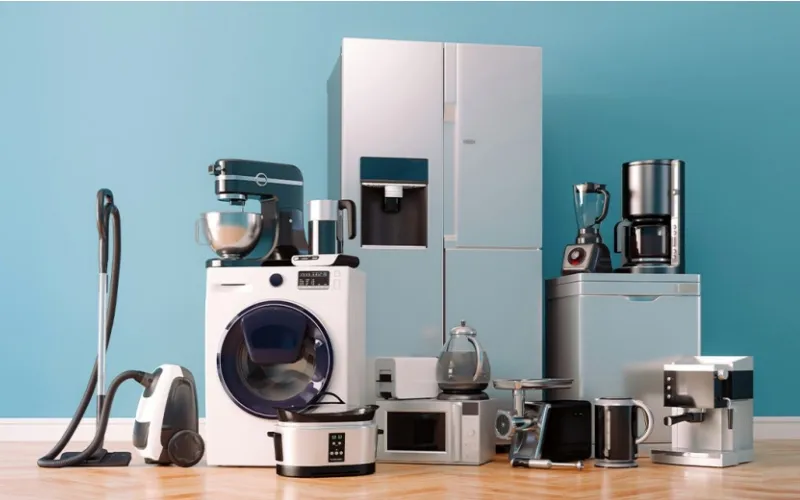
15. Stainless Steel Plate Origin
The country of origin where the stainless steel plate material is produced can play a role in its overall price. Some projects require specific countries of origin to meet quality requirements. Although this happens rarely, when it does, remember to: look for suppliers who source from domestic as well as international mills. These suppliers are more likely to have a wider price range of steel material, giving you more options when you buy.
16. Environmental Protection Policy
The stainless steel industry is also a major energy consumer. In the process of production, stainless steel requires a lot of energy consumption and emits a lot of waste gas wastewater. As the future requirements of environmental protection will become higher and higher, the requirements of enterprises will also become more and more stringent, which will indirectly improve the production cost of stainless steel plates.
17. Future Need
The price of stainless steel plates depends not only on the current supply and demand but also on the predicted supply and demand. The more information available and the better the forecast, the less volatile the price will be.
18. Market Regulation
Market regulation can greatly impact the price of global and domestic stainless steel sheets and plates.
Tariffs placed on stainless steel imports can make buying materials with non-domestic origins more expensive, thus resulting in greater demand for lower-priced domestic materials. Basic macroeconomics then comes into play: greater demand lowers the supply and increases prices.
Governments will also sometimes subsidize domestic steel producers, allowing the material to be priced below what it actually costs to produce. This form of regulation can have a ripple effect.
Despite touching on 18 factors that impact stainless steel plate pricing, this list is not exhaustive. However, armed with a better understanding of the major players in stainless steel plate pricing, you are better equipped to find the suitable stainless steel plate supplier for your project needs.
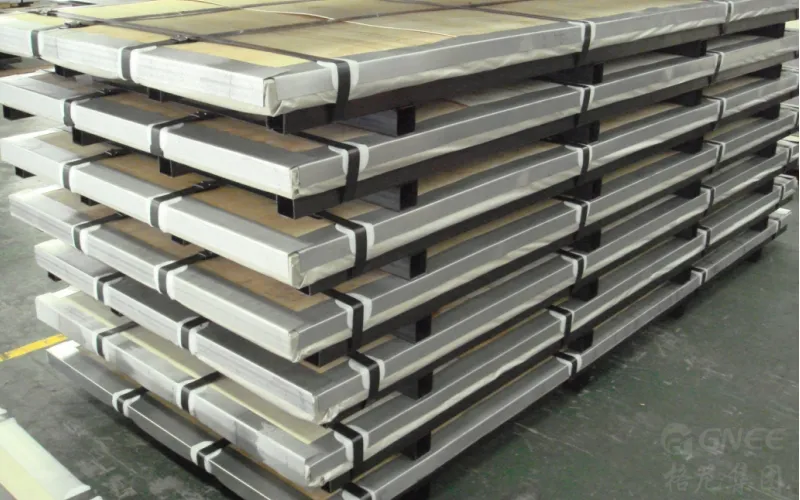
Get The Latest Stainless Steel Plate Price from Gnee Steel
Understanding the factors that affect stainless steel plate price is very important for you to choose stainless steel plates. Beyond that, it is recommended to speak directly with a stainless steel plate supplier. We encourage you to submit your projects that require stainless steel plate material to Gnee Steel for quoting, as we offer some of the most competitive pricing around the world.


